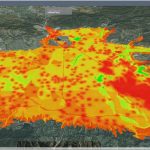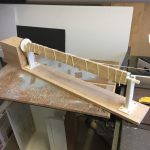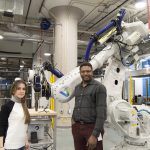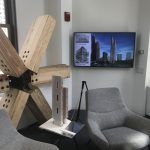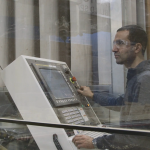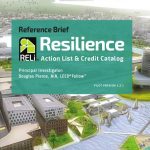
This study is an initial design exercise that seeks to understand the changing landscape of freight delivery, and evaluates two emerging delivery technologies: drones (air) and robots (autonomous ground vehicles (AGVs), or droids) on the built environment. Given that this is a high-level exercise, the sole purpose of this document is to highlight emerging trends... Read more »


